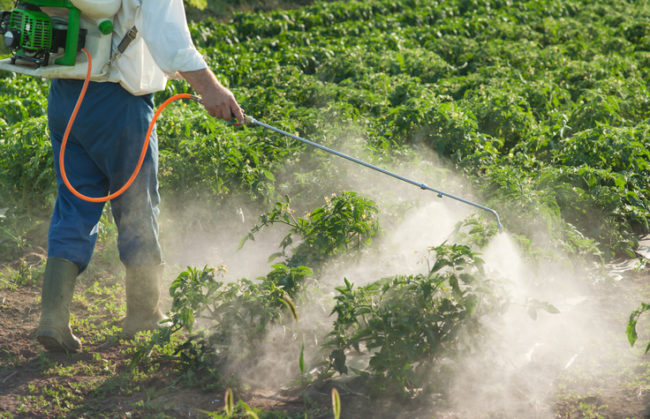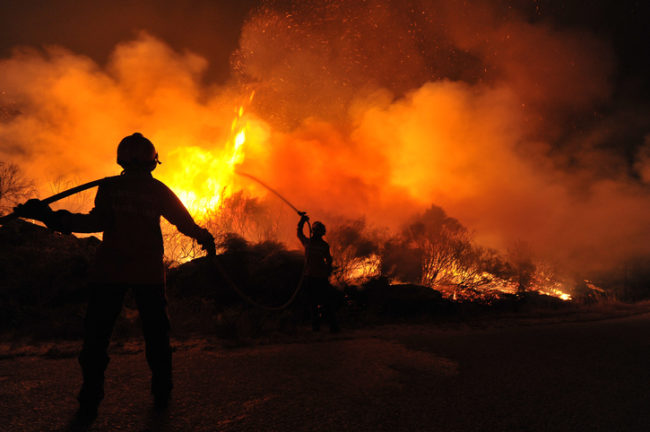Glyphosate is sprayed on more than 200 types of crops across four million acres in California, making it the most widely used herbicide in the state, according to the California Department of Pesticide Regulation. Globally, it’s available in hundreds of generic formulations from numerous companies, and accounts for 25 percent of all pesticide use worldwide. Glyphosate is a relatively simple molecule and breaks down easily. It works by targeting an enzyme found in plants, but not found in humans or animals. Last year, the US …
Continue Reading









